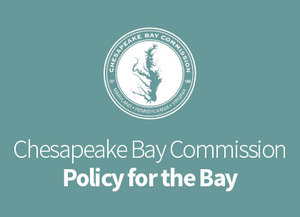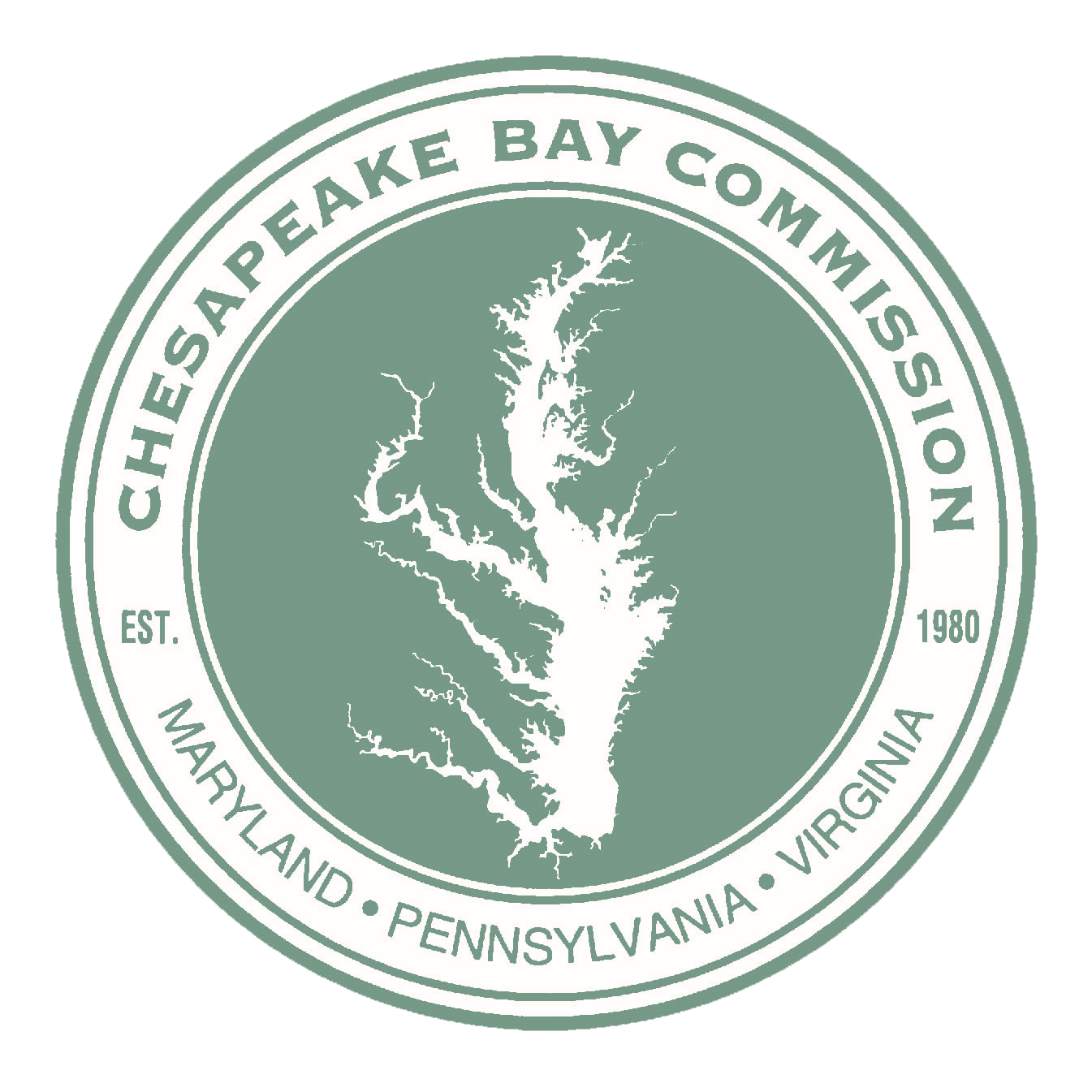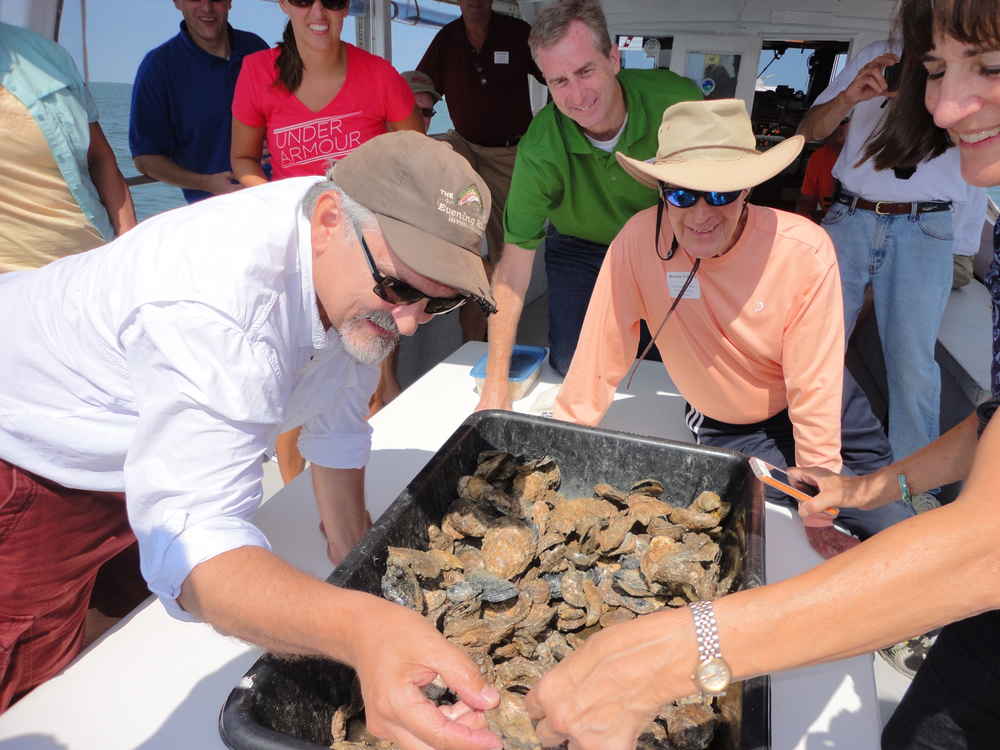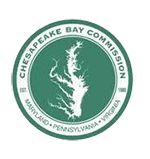The Chesapeake Bay Commission was created in the early 1980s through the establishment of similar state laws in Maryland, Pennsylvania and Virginia. Its goal then – and now – was to be a catalyst for the coordination and leadership of State legislative and policy action to restore the Bay watershed. As a formal signatory to every Bay agreement, the Commission serves as the legislative voice in the multi-jurisdictional Chesapeake Bay Program Partnership and as a liaison to the U.S. Congress on policy and budgetary matters related to the restoration of the Bay and its watershed.
Twenty-one members from three states define the Commission's identity and its work. Fifteen of the members are state legislators, five each from Maryland, Pennsylvania and Virginia. Completing the ranks are cabinet secretaries from each state who are directly responsible for managing their states' natural resources, as well as three citizen representatives who bring with them a unique perspective and expertise.
The full range of urban, suburban and rural life enjoyed in the watershed is represented on the bipartisan Commission, with each member contributing his or her unique perspective knowledge and expertise.




